

Discover more from Social Studies
When Mario Savio introduced the Free Speech Movement to the world with his famous speech on UC Berkeley’s Sproul Plaza in 1964, he started off with a few unexceptional remarks before getting to the famous part about putting “your bodies upon the gears” of the American corporate machine. Here’s part of what he said:
I'd like to say — like to say one other thing about a union problem. Upstairs you may have noticed they're ready on the 2nd floor of Sproul Hall, Locals 40 and 127 of the Painters Union are painting the inside of the 2nd floor of Sproul Hall. Now, apparently that action had been planned some time in the past. I've tried to contact those unions. Unfortunately — and [it] tears my heart out — they're as bureaucratized as the Administration. It's difficult to get through to anyone in authority there. Very sad. We're still — we're still making an attempt. Those people up there have no desire to interfere with what we're doing. I would ask that they be considered and that they not be heckled in any way. And I think that, you know, while there's unfortunately no sense of — no sense of solidarity at this point between unions and students, there at least need be no, you know, excessively hard feelings between the two groups.
You can tell why that part of his speech didn’t make it into the history books. But it’s actually just as historically significant, in my opinion, as what followed. It captures precisely what was happening at that moment within America’s political left — namely, the split between the individualistic, libertarian New Left and the class-based, materialist old left. It’s a split that’s only grown more pronounced.
The labor unions at UC Berkeley were obviously cool to the idea of participating in the students’ radical new movement. And Savio wasn’t shy about expressing his frustration with that indifference. In fact, he was so frustrated that he couldn’t resist lumping in the unions with the movement’s arch nemesis, the diabolical university bureaucracy. But, being a leftist, he also had no desire to make enemies of the workers. His ambivalence toward the existing culture of the labor movement was reflective of that of the activists of his generation toward the leftists of the prior one.
The main thrust of Savio’s speech — the part that did make the history books —was a wholesale rejection of the American corporate/administrative state that had been constructed to manage the United States’ postwar global economic empire. It was an impassioned assertion of the dignity and humanity of the individual against the cold automation of the modern bureaucratic society:
Well I ask you to consider — if this is a firm, and if the Board of Regents are the Board of Directors, and if President Kerr in fact is the manager, then I tell you something — the faculty are a bunch of employees and we're the raw material! But we're a bunch of raw materials that don't mean to be — have any process upon us. Don't mean to be made into any product! Don't mean — Don't mean to end up being bought by some clients of the University, be they the government, be they industry, be they organized labor, be they anyone! We're human beings!
There's a time when the operation of the machine becomes so odious, makes you so sick at heart that you can't take part! You can't even passively take part! And you've got to put your bodies upon the gears and upon the wheels, upon the levers, upon all the apparatus — and you've got to make it stop! And you've got to indicate to the people who run it, to the people who own it — that unless you're free the machine will be prevented from working at all!!
Even in the crescendo of his speech, Savio reiterated his distaste for “organized labor,” which, by the 1960s, had, in the young radicals’ minds, become part of the problem. Following a massive wave of strikes in the late 1940s by workers who had served as soldiers in World War II, the big industrial unions had struck a bargain with corporate America and the federal government. The major employers in manufacturing, freight, steel, mining, the airlines, communications, meatpacking and other industries would pay union workers middle class wages and increase the wage floor every year. In exchange, the unions would guarantee them permanent labor peace. Unions abandoned their adversarial posture toward Big Business and became partners, rather than resisters, in industrial capitalism. That collaboration and complacency had earned Big Labor the suspicion of their nominal allies on the scrappy New Left.
Two years before Savio’s speech, the United Auto Workers hosted and subsidized a convention of the Students for a Democratic Society at which the famous Port Huron Statement was drafted. In a lot more words, the statement expressed much the same sentiment as Savio’s speech.
“We oppose the depersonalization that reduces human being to the status of things,” wrote Tom Hayden, the statement’s principal author.
“Men have unrealized potential for self-cultivation, self-direction, self-understanding, and creativity,” he proclaimed. “It is this potential that we regard as crucial and to which we appeal, not to the human potentiality for violence, unreason, and submission to authority.”
The Port Huron Statement was, self-consciously, a manifesto of an educated, professional elite; in the very first sentence, Hayden identified the members of SDS as having been “bred in at least modest comfort, housed now in universities.” The statement was, to SDS, a declaration of class treason. The heirs to America’s political and corporate leadership were disavowing their privileges, and rejecting the system they were due to inherit.
More accurately, though, it was the mission statement of a new ruling class. The Baby Boomers had grown up in a world in which the incomprehensible devastation of World War II, which included both a campaign of genocide and the dropping of two atomic bombs, was still a recent memory. Far from ushering in world peace, the capitalist victory in that war had brought the prospect of nuclear Armageddon and the sickening, barbaric violence of the Vietnam War. And the promise of the free market to raise every person out of poverty and hasten human equality was flagrantly belied by the racist atrocities of the Jim Crow South. Modern industrial capitalism, from the young Boomers’ perspective, was a failure and a moral abomination. It had generated unprecedented wealth but only at the price of rampant injustice. In exchange for prosperity it had stifled the human spirit.
As the future stewards of the American global hegemon, the student activists of the New Left put the nation on notice that the world order of the future would bear no resemblance to that of the past. The era of the Company Man was over. The future belonged to a managerial class that refused to be made into corporate drones. The educated cadre of this new generation would not be “made into any product,” in Savio’s memorable language. Their values would guided by, in Hayden’s words, “self-cultivation, self-direction, self-understanding, and creativity.” Naturally, along with that enlightened leadership would inevitably come the emancipation of the poor and the oppressed.
The student radicals’ conception of a new, more enlightened social order was well aligned with profound transformations taking place within the American economy and in the capitalist world at large. In the old economic order, the world had been separated by social class. There were the workers and there were the owners. The fault line between them was at the core of the two rival ideologies of the epoch, capitalism and communism, as well as, more incoherently, the pseudo-ideology of fascism. But the new, post-industrial economy that was coming into being wasn’t so simple. With the expansion of bureaucracy in the massive New Deal social welfare state and in the colossal, vertically integrated corporations that had come to characterize so much of American economic life, a vast new intermediate class of knowledge workers had arisen. These were the managers and supervisors, the scientists and researchers, the educators and designers. They didn’t own the means of production, but nor were they dependent upon or oppressed by those who did. Whether they acknowledged it or not, they were the nascent new ruling class of the coming post-industrial age.
The New Left was the intellectual and political vanguard of this rising Professional Managerial Class. In rejecting the dehumanizing economic and social order of the industrial past and the class-based politics that came with it, the New Left championed the dignity and autonomy of the human individual over the drudgery and anonymity of the popular mass movement.
This break with the past was the fundamental spirit of the sixties, from Berkeley to Woodstock. The leaders of SDS had no love for the hippies, but the Counterculture embodied what the Port Huron Statement articulated even more radically than Hayden himself. The hippies eschewed the professionalism and political organization of SDS as vehemently as they did the conformity of the “squares.” They eventually advocated dropping out of society altogether and going “Back to the Land” on communes in the countryside. This may have appeared to them to be a radical rupture with mainstream American culture, but it was also an embrace of the most American virtues of all: self-reliance, liberty and rugged individualism.
Apart from aesthetics and their penchant for drugs and orgies, in this sense the hippies’ politics weren’t so different from those of Barry Goldwater. By the sixties, the New Deal administrative state was so firmly identified with the political establishment that it was probably hard for the hippies and the student radicals to remember that conservatives once regarded it as so subversive that it verged on Bolshevism. To the New Left, it was The System itself. Rejecting it in favor of local self-governance was self-evidently an act of youthful rebellion. But it was also, of course, the philosophical basis for the coming Reagan Revolution.
In California, the Back-to-the-Land Movement’s “small is beautiful” ethic fused with the state’s military technology research industry to produce the personal computer revolution that catalyzed the emergence of Silicon Valley, as described in Fred Turner’s classic book, From Counterculture to Cyberculture. It also engendered a new kind of politics peculiar to the West Coast: left-wing libertarianism.
Emile Durkheim has argued that in primitive societies, in which families scratch out existences as subsistence farmers, social cohesion is created through religious ritual. Through ritual, otherwise disconnected individuals generate a transcendental feeling of togetherness that reifies their collective existence, which they designate as sacred. Religion, according to Durkheim, is the worship of ourselves as social beings.
In advanced societies with complex divisions of labor, in which people are tied together by material bonds of dependency, there’s no longer a need for this contrived, transcendental social existence. We are social beings at every moment of our lives; the sacred realm of the social is thus immanent in every individual, at all times. Religion thus fades into the background in these modern societies, while the inherent sanctity of the individual is expressed in such concepts as natural law and universal human rights. Durkheim refers to this secularized religion as the “cult of the individual.”
In cities on the West Coast, where left libertarianism has been an ideological pillar of local government since the sixties, one can see the cult of the individual carried to its logical extreme in activists’ proscriptions against taking even the mildest steps to restrict flagrantly anti-social behavior such as public drug use, camping on sidewalks, brazen shoplifting and open drug dealing. Any exercise of coercion, particularly through law enforcement, is derided as an act of oppression. But even non-coercive means, such as prodding a drug addict into recovery, is seen by those same activists as “stigmatization,” which is an offense to the dignity of the individual.
So invested are these activists in the sanctity of the individual that they’ve lost sight of any sense of the sanctity of the human community around them. No attention is paid to the loss of public space to homeless encampments and the open air drug market, the pervasive fear of strangers that inevitably accompanies the rise in crime, the collapse of confidence in our governing institutions, the hardening of attitudes and the erosion of social norms. Yet all of these harms unravel the social fabric of our cities. Those who can afford to do so leave altogether, while the rest of us retreat into bunker mentalities, looking upon our neighbors with cynicism and suspicion instead of trust and affection. For all of the good the New Left achieved, this, too, is part of its legacy. On the West Coast, the movement’s vilification of the institutions of government and its idolatry of the heroic figure of the virtuous individual have developed into a full-blown political pathology.
When Mario Savio gave his speech on Sproul Plaza, he attacked by name Clark Kerr, the President of the UC system. Kerr was the architect of California’s mass higher education system, which afforded any Californian who wanted to go to college access to one of three tiers of public colleges and universities: community colleges, Cal State universities, and UCs. Kerr’s vision was one of the greatest contributions to the democratization of education in the modern world.
But when Savio looked at Kerr’s achievement, he saw only a machine. California’s public university system, to the radical student activists, was a soul-crushing bureaucracy whose purpose was to feed the children of the Professional Managerial Class into the maw of the pernicious corporate-military state. As such, it had to be stopped. Like the rest of the modern civilization around them, it had to be stripped down to the studs, for that was the only way the youth of America’s middle class could truly be free.
One could forgive the Boomers of the sixties their youthful excesses: they had seen firsthand the horrors of racial segregation, the atrocities of Vietnam were in the headlines every day, and nuclear brinksmanship dangled over their heads like an atomic sword of Damocles. Fewer excuses can be found for today’s radical activists, who have embraced nihilism as their secular religion for the sheer narcissistic gratification of it. They burn down city blocks over transparent lies. They defend drug cartels over the users who die for their gains. They cosplay as protectors of the oppressed while indulging the ideological fantasies of the elite.
Kerr once said this of student activists:
One of the most distressing tasks of a university president is to pretend that the protest and outrage of each new generation of undergraduates is really fresh and meaningful. In fact, it is one of the most predictable controversies that we know. The participants go through a ritual of hackneyed complaints, almost as ancient as academe, while believing that what is said is radical and new.
The generations that separate the student radicals of the 60s and the activists of today have proven Kerr correct over and over and over again.
But what Kerr missed is this: over the decades, the charade has gotten worse. During his era, the children of the Professional Managerial Class at least had an affirmative vision for the future. Today, they stand for nothing. They believe that justice is achieved by tearing the existing world down. They have no interest in building anything to replace it.

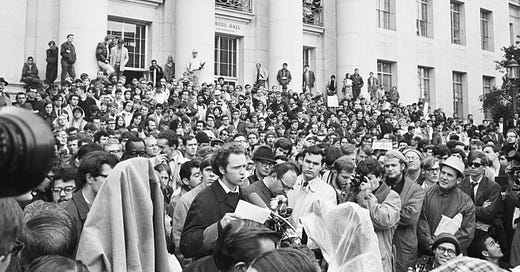



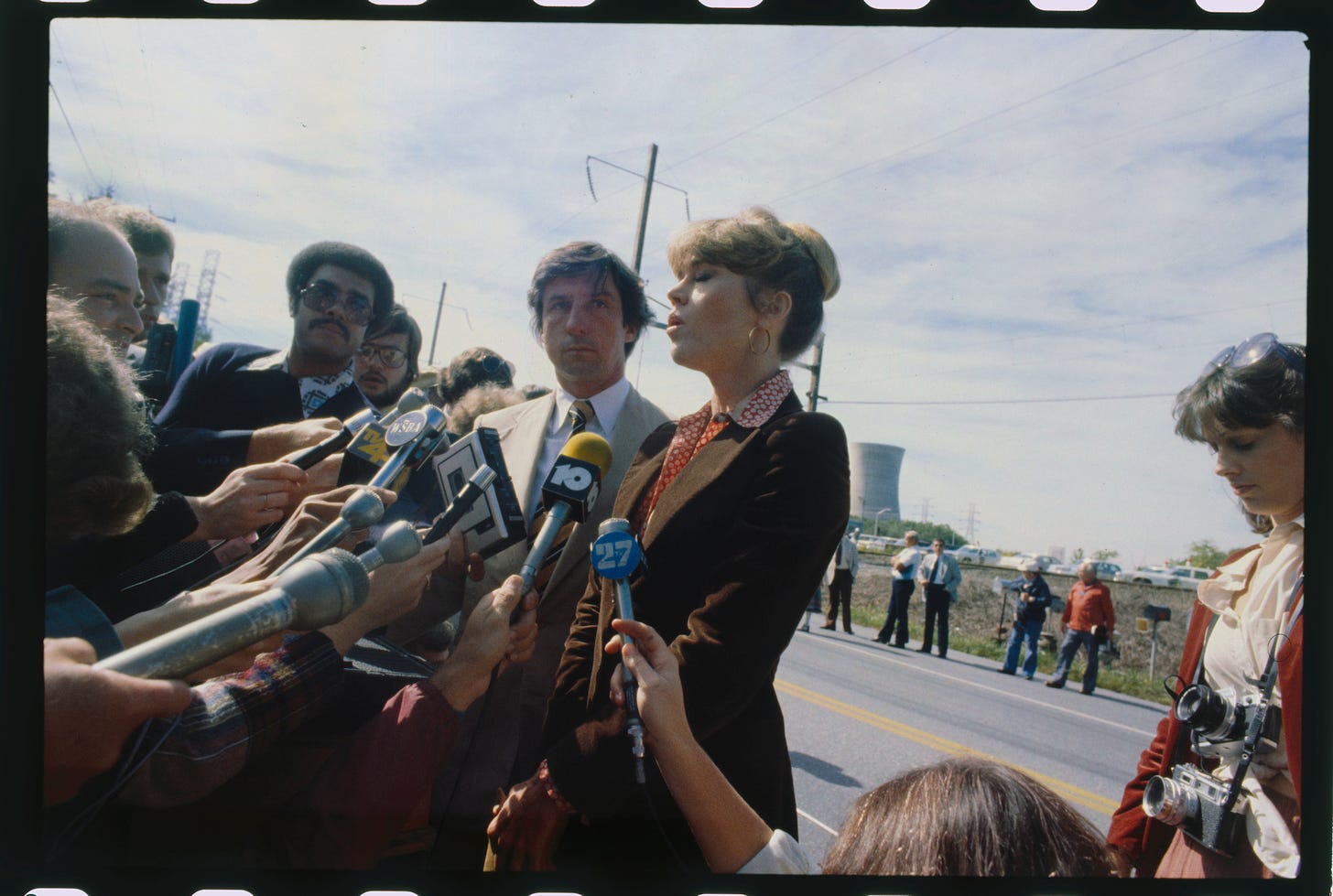



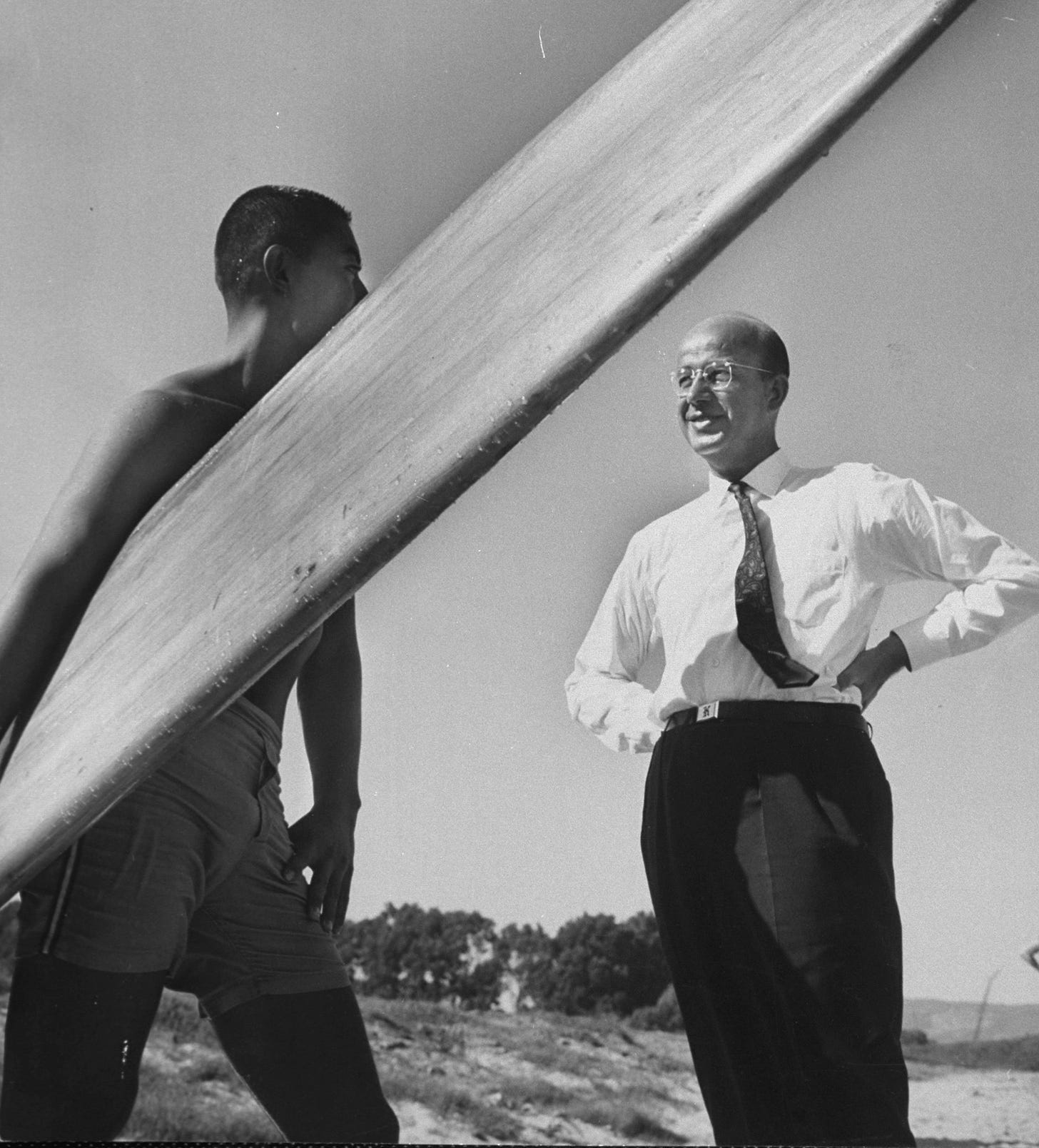





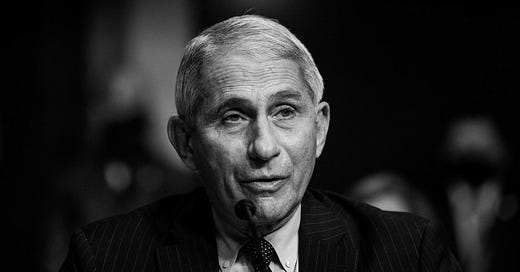

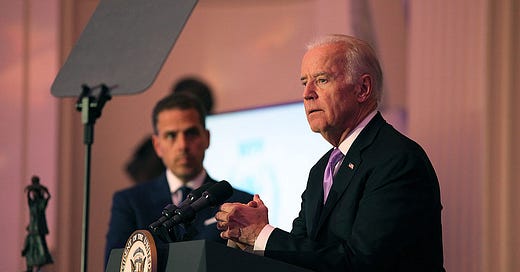

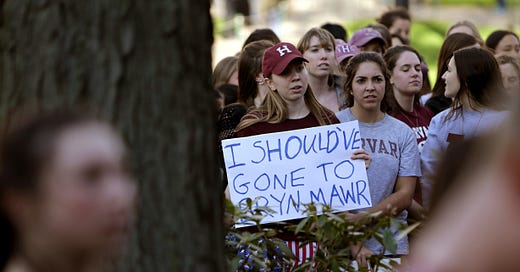

"They believe that justice is achieved by tearing the existing world down. They have no interest in building anything to replace it." This line sums up the entire issue today. I'm a 4th Gen Californian and a boomer in the art world. The space where most people would consider "free thinkers" exist. No, it's just the opposite. The left wing is committed to their narrative and they do not "why". They don't read anything outside of the NYT, WAPO space. It is idolatry that knows no bounds. It is fueled by anger and rage that they cannot describe and will not discuss. Thank you, Leighton for stating the obvious in historically cohesive article. It will be shared.
Great piece.
I don't think there could be any more ironic manifestation of US Exceptionalism than the emergence of the New Left and the longevity of its descendants. Anti-collectivist/anti-materialist leftism is the sort of silliness you get to indulge in when all you've ever really known is imperialistic privilege, I guess.
A couple years ago I had the opportunity to talk to some folks who lived in Allende-era Chile and it's safe to say that they find the current USA leftism utterly bewildering.